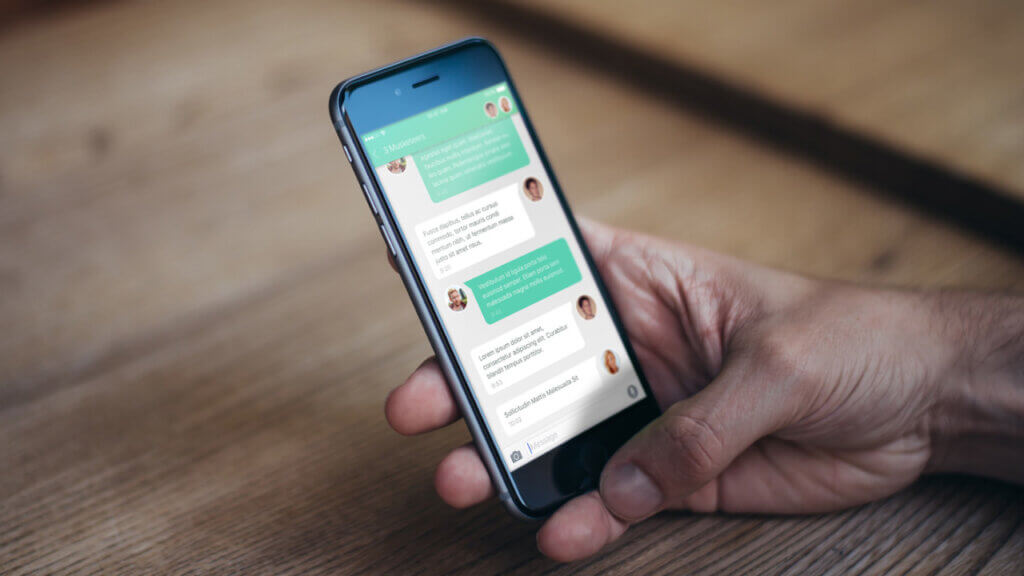
As conversations about digital transformation keep buzzing, chatbots have proven to be an exciting talking point.
NB: This is an article from Shiji ReviewPro
But before you rush into making any decisions, it’s important to understand what types of chatbots are out there and which one best suits your organization.
Subscribe to our weekly newsletter and stay up to date
Simply put, there are two types of chatbots: rule-based and AI chatbots. Each has its benefits and fits different needs. Here we lay out the differences between the two of them so you can make a well-informed decision.
What is a rule-based chatbot?
Contrary to what many may believe, not all chatbots are powered by Artificial Intelligence. A rule-based chatbot uses a tree-like flow instead of AI to help guests with their queries. This means that the chatbot will guide the guest with follow-up questions to eventually get to the correct resolution. The structures and answers are all pre-defined so that you are in control of the conversation.
So why should you choose a rule-based chatbot? Rule-based chatbots are great for smaller numbers and straightforward queries like booking a table at a restaurant or when asking for opening hours. Opting for his type of chatbot comes with several benefits, like:
- The chatbot doesn’t need extensive training which makes the implementation process faster and less complicated.
- Since the technology and implementation are simpler, the price is usually also more affordable.
- By pre-defining the structures and answers, you can better control the behavior and responses of the chatbot.
However, rule-based chatbots have their limitations, with a few of their disadvantages being:
- A rule-based chatbot can’t capture typos which means that in some cases it won’t understand the guest, which can cause frustrations.
- The interactions with a simple chatbot feel robotic rather than conversational.
- They cannot learn on their own which means that any improvements need to be made manually.
What is an AI chatbot?
An AI chatbot is a chatbot powered by Natural Language Processing (NLP). So, unlike with a rule-based chatbot, it won’t use keywords to answer, but it will try to understand the intent of the guest, meaning what is it that the guest wants. The more it interacts with guests, the better it will become at understanding the intent, and the better it will become at answering guest requests.
This type of bot is much more suited for complex kinds and a larger number of queries. Choosing an AI chatbot comes with several advantages, like:
- The chatbot can understand typos and grammatical mistakes, so it is still able to respond to the question.
- It will continuously improve without much further assistance.
- Conversing with an AI chatbot feels much more natural and human-like.
Although Artificial Intelligence is an advanced technology, this bot also has its limitations:
- AI chatbots go through a learning process, which makes their implementation process more complicated and longer.
- By not using pre-defined structures, the conversations led by an AI chatbot are less predictable.
- When a chatbot was wrongly taught something, it takes a while before it “unlearns” and can learn the correct behavior.
Or choose a hybrid model…
And then there are chatbots that have characteristics of both models. Shiji ReviewPro’s chatbot, for example, is powered by AI while also using a rule-based structure. This means that it will ask follow-up questions to the guest but uses AI to understand the intent of the guest so it can skip redundant questions.
As the CTO of Shiji ReviewPro explains, “What makes our type of solution interesting is that by deploying both types together, even if you are in a “flow” the bot still uses AI to understand what you want. So, the bot may ask you, when do plan to check in? The guest may reply three days from now, and the bot would understand what day that is. Similarly, the user might just reply, what time is breakfast – the bot would understand that the guest now has a different intent and ask if they want information rather than completing the booking.”
Such a hybrid model also comes with advantages:
- The implementation is straightforward since it uses pre-defined structures and responses.
- Since it is powered by AI, the chatbot is continuously improving to understand the intent of the guest.
- And conversing with a hybrid model will still feel conversational and natural.
In the end, one model isn’t better than the other it all depends on what the objectives are. Investing in technology can be fun and exciting, but it’s always important to understand why you are implementing a chatbot and what technology best fits your organization. So, before implementing a chatbot think clearly about what you want to achieve, weigh the pros and cons and make a careful decision.






